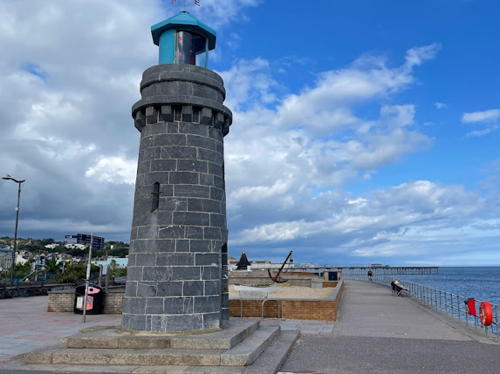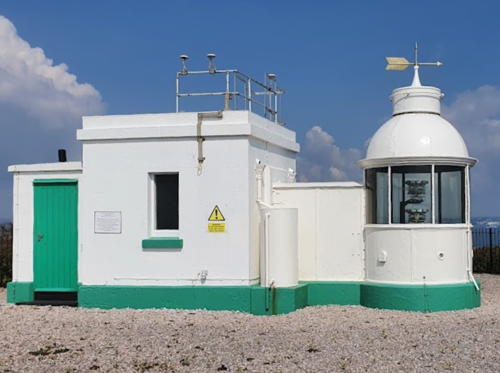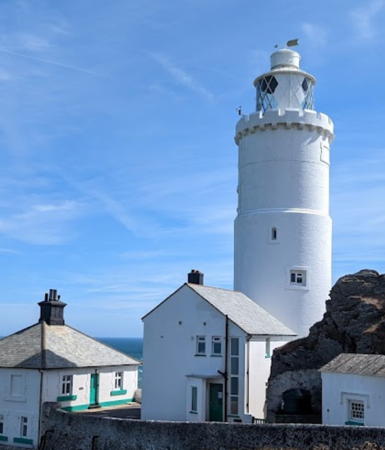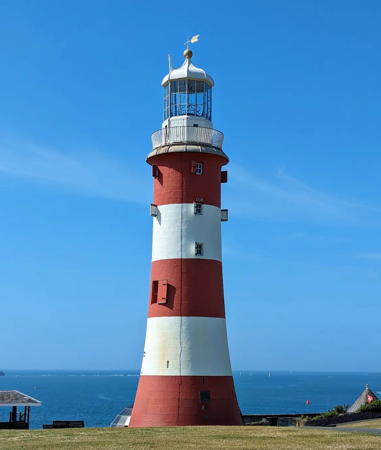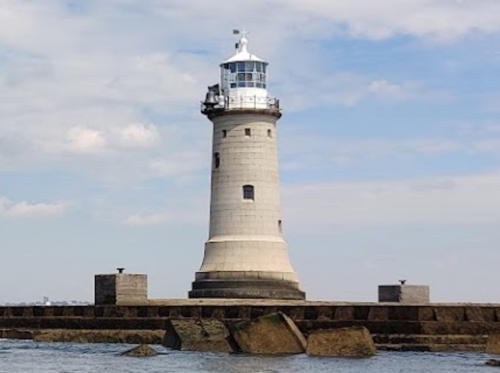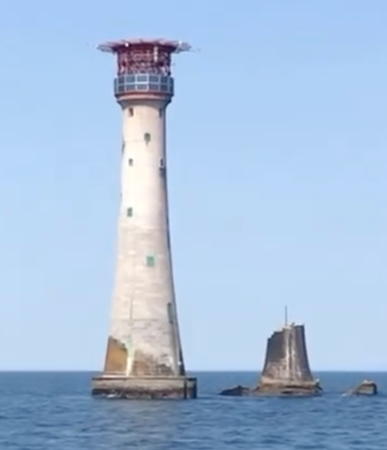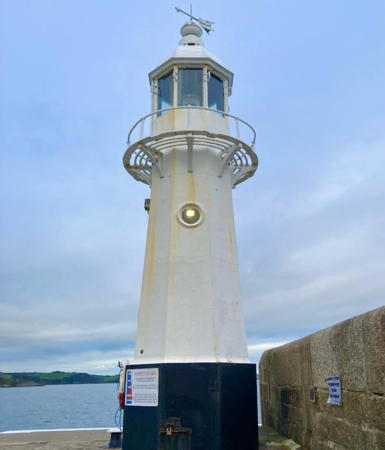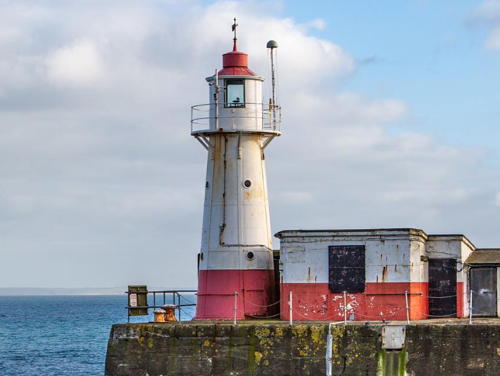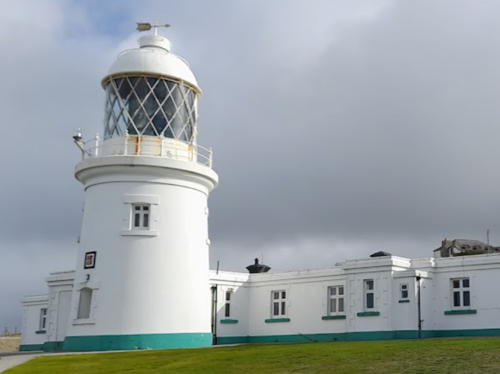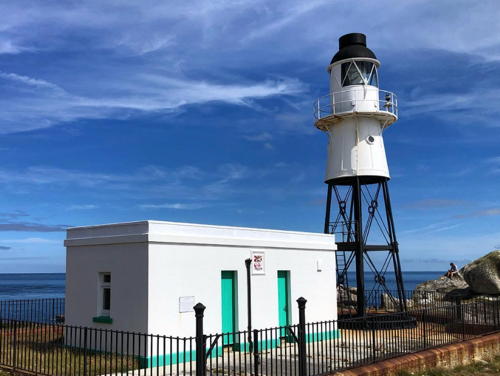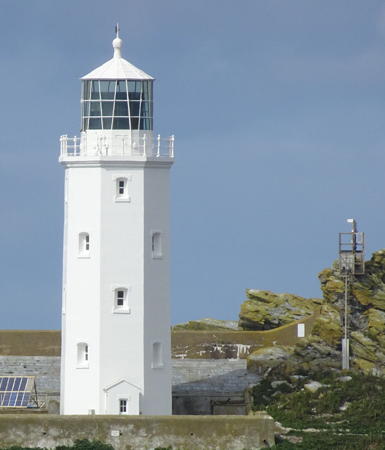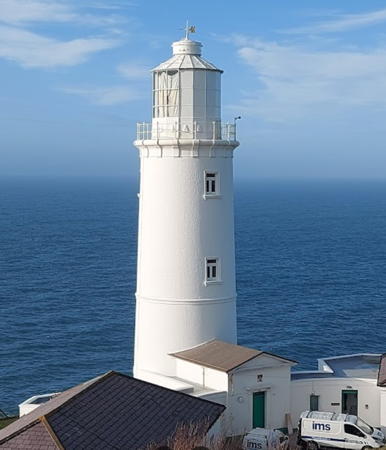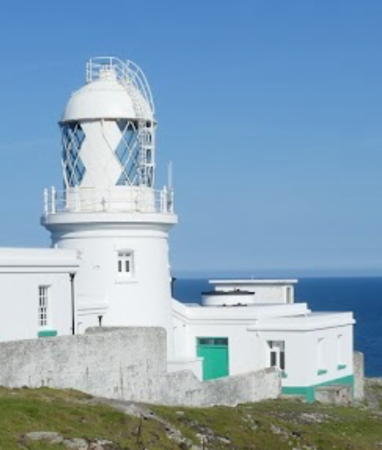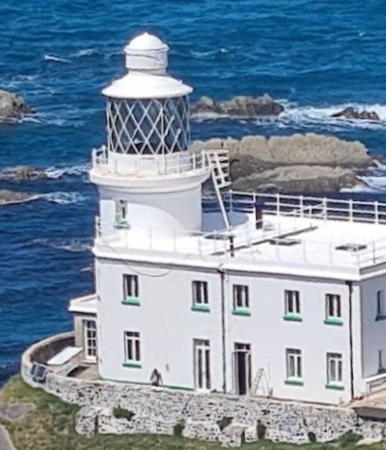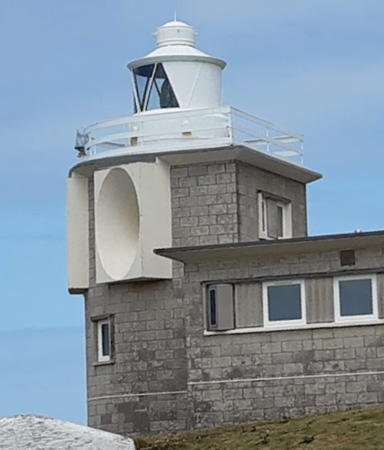The United Kingdom (officially the United Kingdom of Great Britain and Northern Ireland) includes England, Scotland, Wales, and Northern Ireland. England is the largest and most populous of the four, occupying more than 62% of the island of Great Britain and with a population of more than 56 million. Separated from the European mainland by the North Sea on the east and the English Channel on the south, it also has coasts facing the Celtic Sea on the southwest and the Irish Sea on the northwest.
Historically England was divided into 39 counties. The Directory pages are organized by the modern division of England into 48 "ceremonial" counties, also called lieutenancy areas because each one has a Lord Lieutenant representing the monarch in that area. For local government the ceremonial counties are subdivided in various ways into council areas.
This page lists lighthouses of the southwestern peninsula of England including the counties of Devon and Cornwall. The southern coast of the peninsula faces the English Channel and the north coast faces the Celtic Sea and Bristol Channel. This region includes many of the most famous English lighthouses.
The Cornish language, formerly extinct, has been revived in recent years. In Cornish the word for a lighthouse is golowji; enys is an island, krib is a reef, men is a rock at sea, penn tir is a headland, mor is the sea, and pleg mor is a bay.
The British system of lighthouse administration is decentralized, with the major towers under the management of Trinity House (a corporation chartered by the Crown) and smaller towers generally under the control of local port authorities. This system has generally assisted lighthouse preservation and so has the British custom of building very sturdy stone lighthouses at most of the stations. Most of the onshore lighthouses are accessible to visitors and several of them are major tourist attractions.
ARLHS numbers are from the ARLHS World List of Lights. Admiralty numbers are from Volume A of the Admiralty List of Lights & Fog Signals. U.S. NGA numbers are from Publication 114.

Longships Light, Land's End, March 2024
Google Maps photo
by Joseph Jones

